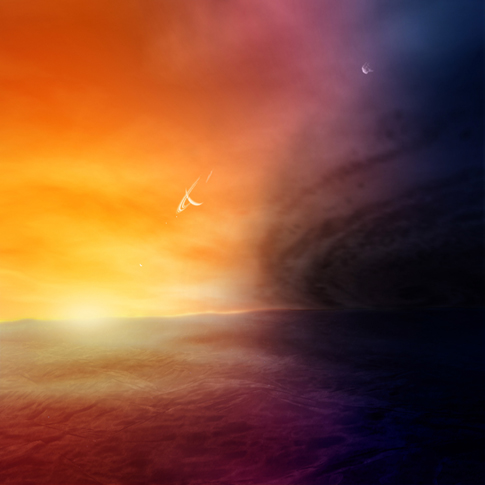Key Takeaways:
More than one-third of the giant planet systems detected outside our solar system may harbor Earth-like planets that offer abundant potential for life, according to a new study by two scientists from Penn State and one from the University of Colorado associated with NASA’s Astrobiology Institute. Results from the study were presented last week at the American Astronomical Society meeting in Seattle.
The possibility of discovering Earth-like planets around other stars is of great interest to scientists and non-scientists alike. However, current techniques can only detect giant planets, typically of Neptune to Jupiter-size. Gas giant planets are often hundreds of times more massive than Earth, with no solid surfaces. Current thinking suggests that, even though gas giant planets are much larger than Earth-like, “terrestrial” planets, giant planets form more quickly. Thus, the late stages in terrestrial planet growth are strongly affected by the gravity of the giant planets. The researchers modeled the formation of Earth analogs under the influence of giant planets, with the goal of figuring out which giant planet systems could harbor life.
Steinn Sigurdsson, associate professor of astronomy and astrophysics at Penn State.
Another interesting result by the team suggests that terrestrial planets in certain planetary systems are likely to be “water worlds”, covered in miles-deep global oceans. The systems likely to contain water worlds are those with “hot Jupiters”, gas giant planets orbiting extremely close to their host stars. Hot Jupiters are thought to have formed farther out and migrated in to their current location. Watercovered, Earth-like planets form in the wake of the giant planets’ migration. “Earth-like planets around nearby stars could be more common than we thought,” said Sean Raymond, a NASA postdoctoral fellow at the University of Colorado and co-lead author of the study. “We now think there may be a new class of ocean-covered and possibly habitable planets in solar systems very different from our own.”
Two papers were published based on the study: the first appeared in the September 8, 2006, issue of Science. The second is in review at the Astrophysical Journal.











